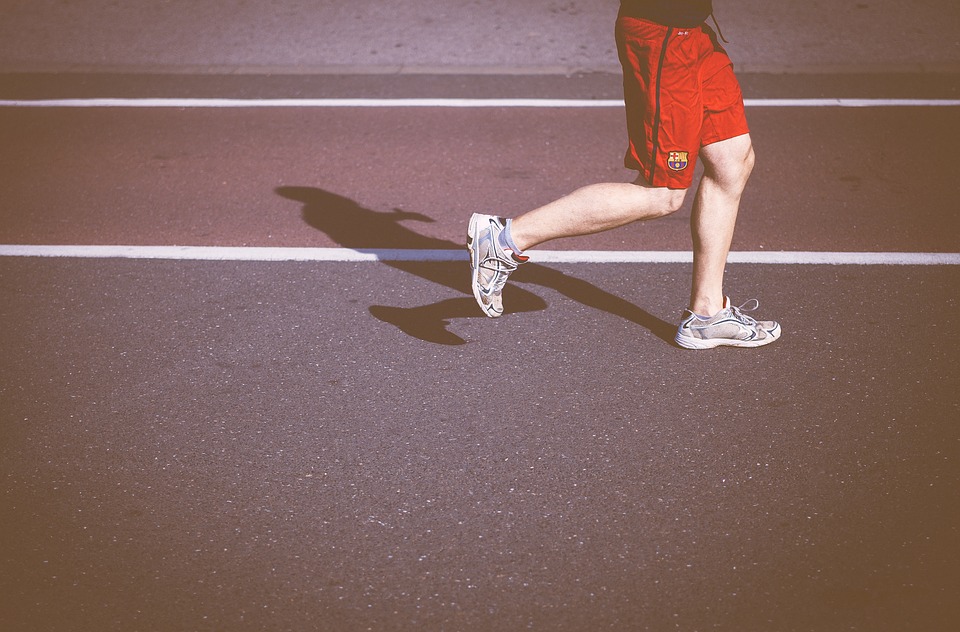Whether you’re a light jogger or a dedicated athlete, there are a variety of common running injuries that you can experience. Runner’s foot problems can range from easily preventable and treatable to severe enough to warrant months off training.
At Collective Foot and Wellness Clinic, we know the best ways of diagnosing, preventing, and treating common running injuries to keep you on your training program or get you started on a new one.
Common Foot Problems in Runners
Plantar fasciitis is characterized by a sharp, stabbing pain on the heel of the foot. It can be caused by an underlying biomechanical issue, but in runners, it’s most often tight or weak leg muscles or too much training. When a training program increases in intensity or frequency too quickly, it can cause tightening and weakening in the legs and feet leading to pain. To treat plantar fasciitis, we first have to identify the exact cause. Usually, choosing the right shoes or using orthotics will help alleviate plantar fasciitis without an interruption in training.
Stress fractures are a more serious common running injury. These occur typically in the metatarsals causing pain around the ball of the foot. This is a slowly-building issue that ends with you feeling the pain of the bone fissure. It’s typically caused by an increase in training or even from stepping on something awkwardly while walking or running (something as small as a rock on the sidewalk!). When it comes to stress fractures, you have to take time off from running – sometimes as long as three months.
Extensor tendonitis can be frequently confused with a stress fracture, however, tendonitis is slightly less severe. The main way to tell the difference between the two conditions is that a stress fracture will cause pain upon impact, like jumping. Extensor tendonitis causes pain when stretching, applying pressure, or bending, as the tendons have become inflamed. This can be from improper shoes or tight leg and ankle muscles. The best way to avoid and treat tendonitis is by stretching before training and wearing proper shoes.
Your adductor and abductor hallucis are muscles that run along the top and the inside of the foot under the arch. When weakened or not given the proper support, these muscles cause pain similar to tendonitis, except it’s on the inside of the arch. If you’re running in shoes without proper arch support or if you have bunions, this conditions is very common. This condition can also cause bunions to form. Doing foot stretches, such as rolling over a ball or cylindrical shape, can help alleviate this pain and stretch out the muscles.
Blisters are a condition experienced by walkers and runners alike. They’re caused by friction between shoes and socks and skin on the foot. The best way to prevent blisters is to ensure that you’re wearing properly-fitting shoes and always introduce any new shoes into your training regime slowly. Blisters can get infected, so it’s important to monitor them to ensure this doesn’t happen.
Contact Collective Foot and Wellness Clinic Today
New joggers should see a chiropodist before they start a new training program to diagnose any potential foot problems and get recommendations for the best type of footwear. Regular runners or athletes should regularly see a chiropodist to monitor the feet for any changes and ensure the training program and footwear is still the best for you. Treating running injuries as soon as they occur is important for preventing further foot problems in runners.
Visit Collective Foot and Wellness Clinic in Hamilton for help preventing and treating common running injuries and foot problems.

